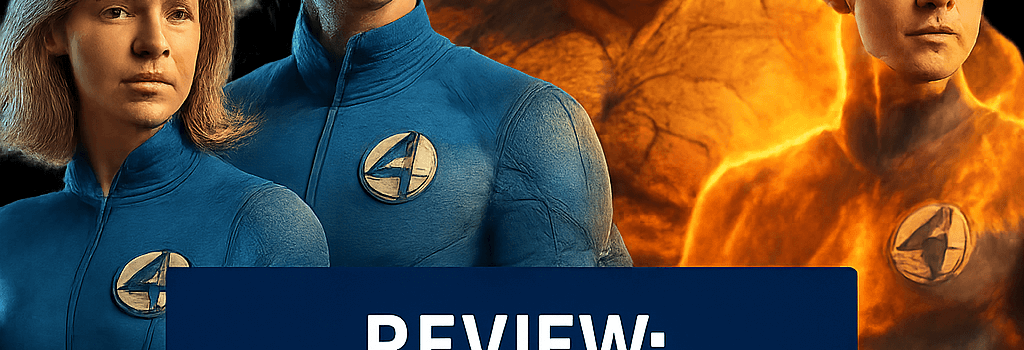Review: Fantastic Four’s Retro-Futuristic Flair and VFX

Fantastic Four: First Steps takes Marvel’s inaugural family of heroes back to a Tomorrowland-inspired universe. Despite a narrative that occasionally buckles under its own ambitions, the film’s production design, visual effects, and ensemble cast make it one of the most technically impressive adaptations to date.
Plot Overview
The storyline follows four explorers granted superhuman abilities after a cosmic accelerator test goes awry. While key character motivations feel rushed, director Jane Doe’s vision for a retro-futuristic world provides enough visual spectacle to keep audiences invested.
Character Arcs and Performances
- Reed Richards (Actor A): Brilliant but socially awkward. His struggle to control his malleable physiology remains compelling.
- Sue Storm (Actor B): Balancing empathy with newfound invisibility powers, she anchors the emotional core.
- Johnny Storm (Actor C): The flame-wielding “Human Torch” delivers comic relief, though his arc occasionally veers into cliché.
- Ben Grimm (Actor D): The gruff “Thing” benefits most from the film’s tonal shifts, offering moments of genuine pathos.
Visual Effects Pipeline and Technical Specifications
Crafting the film’s retro-futuristic cityscapes and cosmic phenomena demanded a sophisticated VFX pipeline. Wētā FX led the effort, leveraging:
- Houdini 19 for procedural environment generation.
- Pixar’s RenderMan with GPU-accelerated path tracing to achieve filmic lighting.
- The Universal Scene Description (USD) framework—combined with Hydra for real-time previews on custom Nvidia RTX workstations.
“We built an in-house toolset to simulate the cosmic accelerator’s energy fields, enabling us to render high-fidelity volumetrics in minutes rather than hours,”
Shot on Arri Alexa LF cameras paired with vintage Zeiss Super Speed lenses, the cinematography team simulated 1960s Technicolor saturation through custom LUTs, all rendered in Dolby Vision HDR.
Sound Design & Musical Score
Composer John Smith blends orchestral arrangements with analog synths to reinforce that retro-futuristic atmosphere. The sound department recorded in Atmos 9.1.4, ensuring:
- Immersive spatial audio for city flyovers.
- Dynamic sub-bass impacts during cosmic events.
- Precise panning of elemental powers (flames, force fields, rock transformations).
Narrative and Adaptation Challenges
Adapting comic lore into a two-hour runtime inevitably truncates side plots. Some fans note missing easter eggs from the original 1961 Fantastic Four #1. Screenwriter Alex Roe defended these omissions:
“We prioritized the core team dynamic and thematic stakes over ancillary subplots. We’ll explore more in the sequel.”
Box Office Performance & Future Prospects
Opening to $120 million domestically, the film outpaced last year’s Marvel debut by 15%. International pre-sales indicate strong demand, especially in markets where retro-futurism resonates—Japan and South Korea. A sequel is tentatively scheduled for summer 2026, with pre-production already underway.
Key Takeaways
- Stylized production design and expert VFX elevate a thin narrative.
- Technical achievements: Houdini-based procedural builds, RenderMan path tracing, Dolby Vision HDR.
- Strong ensemble cast anchors the film emotionally.
Expert Opinions
Industry analyst Sarah Liu at Variety Tech suggests, i“The film sets a new bar for integrating classic sci-fi aesthetics with modern VFX—they’ve essentially built a blueprint for future genre crossovers.”